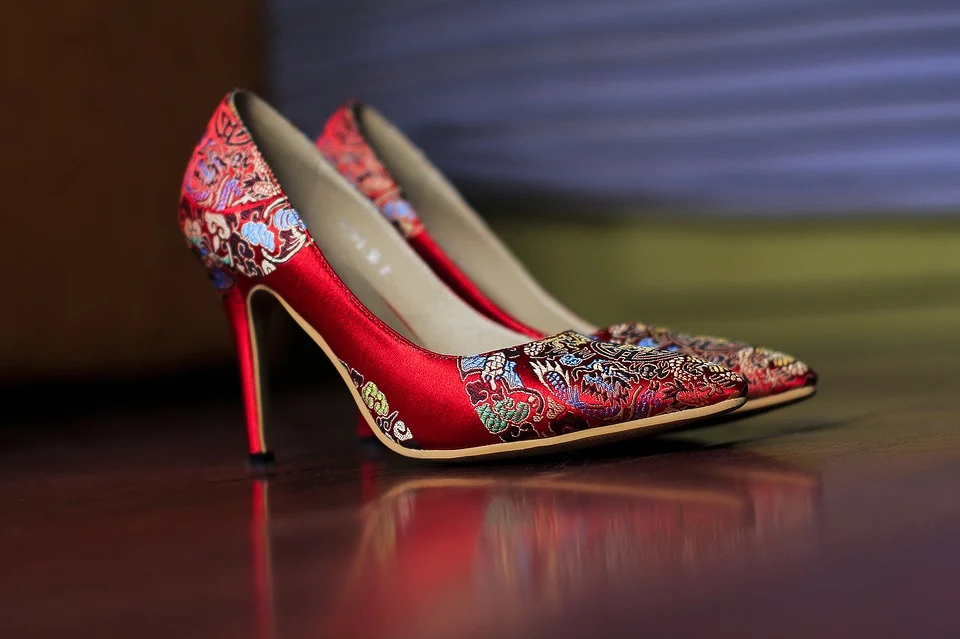That’s why we’re going to talk about your feet today. We’ll tell you how to take care of them and what factors to consider when selecting the best footwear for your clothes.
Shoes are an essential component of any ensemble. However, who hasn’t put aesthetics aside in favour of comfort? Knowing your feet makes it easy to choose appropriate and comfortable footwear for every circumstance. Are you seeking a way to be both comfy and stylish? Don’t be concerned! We’re here to assist you!
I’m not sure what kind of foot I have.
Knowing the various types of feet can assist you in selecting the most appropriate materials and styles for you, guaranteeing that you are comfortable while appearing attractive in your shoes!
Your toes should be shaped according to their shape.
While foreign at first, this classification will be extremely helpful in learning more about your feet.
Toe of an Egyptian
This is the most prevalent form of foot, with over 60% of the population having it. It’s easy to spot because the toes are arranged in a visible diagonal from the big toe to the tiniest toe. This type gets its name because it was once thought to be the most beautiful variety of foot in Ancient Egypt.
It’s crucial to take care of your first metatarsal if you have an Egyptian foot type. It’s the bone that connects the big toe to the instep. You may get osteoarthritis in the toe joint if it is longer than normal. It’s best to avoid excessively narrow shoes if you want to be comfortable and avoid bunions.
Greece’s foot
The second toe is longer than the big toe, its most distinguishing feature. This isn’t a problem unless it’s more than one centimetre longer, in which case it could be uncomfortable to walk with. Only about 14% of the population is known to have this form of foot, which was once supposed to be reserved for Greek gods.
Roman foot or square toe
Because all of the toes are roughly the same length, you’ll recognize this foot type. Because they normally have broader feet, we recommend avoiding excessively small shoes.
Your footprint’s shape will tell you a lot about who you are.
When you walk, pay attention to the shape of your foot and the footprint you leave. This will assist you in determining if you have:
Typical foot
The weight of the foot is distributed evenly between the forefoot, rearfoot, and lateral portions of a typical foot.
Cavus pes
The instep is high in this foot type, resulting in a prominent arch and a narrow footprint that separates between the pad and the heel. If your foot appears like this, you should know that it could cause you some pain.
You are experiencing pain in the balls of your feet.
Landing causes pain in the heels.
Stiffness in the regions that need the most support is excruciating.
Toes with claws (bent inwards)
Tendonitis
Putting on shoes is difficult.
Low back pain regularly
Flat feet
When you walk with flat feet, you use practically the whole surface of your foot simultaneously. The arch is either very little or non-existent in this scenario. Here are a few of the potential annoyances:
Changes to the foot and ankle.
Discomfort, pain, injuries, or malfunction of the joint, capsular, ligament, or muscle.
Gait is less vigorous and efficient.
The most prevalent footwear styling issues are addressed.
Now that you have a better understanding of your foot, it’s time to put some solutions in place to assist you in enjoying every stride.
The best shoes for a pes cavus foot
Get some gel insoles, which will cushion the arch of your foot and act as a shock absorber. You can also wear any shoe that provides you with the extra support you require. Trainers or Birkenstock sandals, for example. This alternative will not only not restrict your style but will also provide an edgy element to your ensemble.
There is another point that you should consider whenever you are trying to buy a shoe. Let us know in the comments if you want to know more…





